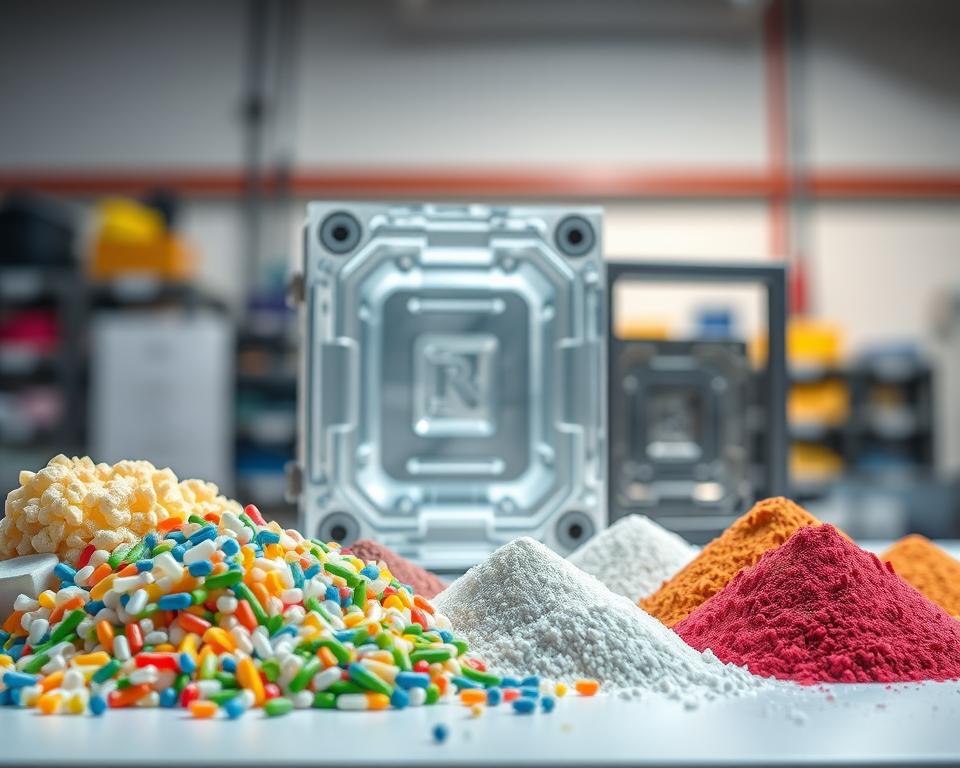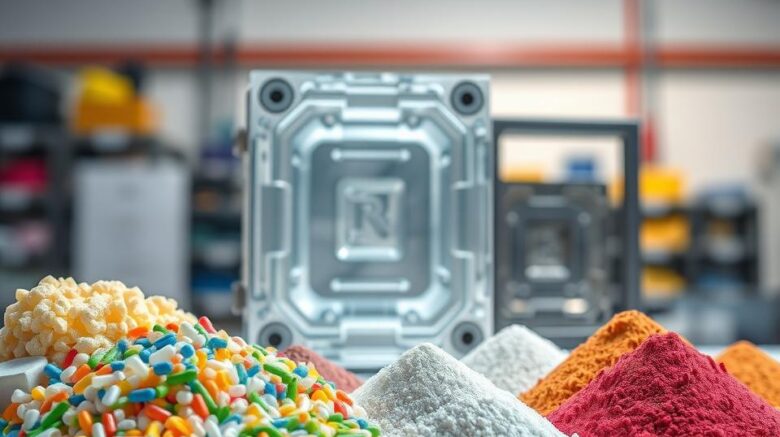China Injection Molding Procurement: Key Steps
The important meeting has recently finished, your new product is a go, time is pressing, and funding is, to put it mildly, limited. And suddenly someone—perhaps your superior or the finance head—says the fateful words that make any project manager’s heart skip a beat: “We should look at sourcing this from China.”
You nod, of course. On paper, it’s logical. The potential savings can be massive. Yet your thoughts are already spinning. You’ve heard all the horror stories, right? The nightmare of defective parts, opaque communication, and delayed, off-spec shipments. It can feel like you’re being asked to walk a tightrope between landing a huge cost win for the company and steering your project straight into a ditch.
But here’s the catch. Sourcing China injection molding doesn’t have to be a gamble. It’s no different from any structured project. And its outcome hinges on the approach you take. It’s less about finding the absolute cheapest quote and more about finding the right partner and managing the process with your eyes wide open. Forget the horror stories. Let’s go through a step-by-step guide to succeed.

First Things First: Your Homework
Before you even whisper the word “supplier” or open a browser tab to Alibaba, you need to get your own house in order. Honestly, more than half of all overseas manufacturing problems start right here, with a weak or incomplete information package. You cannot expect overseas partners to interpret your unspoken requirements. A vague RFQ is like telling a contractor to bid on “a house.” You’ll get wildly varied quotes that are useless.
Aim to craft an RFQ package so precise and comprehensive it leaves no room for error. It’s the cornerstone of your entire effort.
What belongs in your RFQ?
Begin with 3D CAD models. They cannot be skipped. Provide files in common formats (e.g., STEP, IGS) to prevent import issues. This is the master blueprint for your part’s geometry.
But 3D isn’t enough. Add comprehensive 2D plans. This is where you call out the stuff that a 3D model can’t communicate. I’m talking about critical tolerances (like ‘25.00±0.05 mm’), material specifications, required surface finishes, and notes on which features are absolutely critical to function. Call out smooth surfaces or precision hole sizes in big, bold notation.
Then specify the material. Avoid generic terms like “Plastic.” Nor just “ABS.” Be explicit. Call out SABIC Cycolac MG38 (black), for example. What’s the reason? Because resin grades number in the thousands. Defining the exact material guarantees the performance and appearance you designed with plastic mold injection.
They can offer alternatives, but you must provide the initial spec.
Finally, include the business details. What is your Estimated Annual Usage (EAU)? A supplier needs to know if they’re quoting a tool that will make 1,000 parts in its lifetime or 1,000,000 parts a year. Tool style, cavity count, and unit cost are volume-driven.
Finding the Right Supplier
With your RFQ perfected, who gets your RFQ? The internet has made the world smaller, but it’s also made it a lot noisier. Locating vendors is easy; vetting them is the real challenge.
Your search will likely start on platforms like Alibaba or Made-in-China.com. They let you survey dozens of suppliers quickly. Use them to build a shortlist, not the final list. Aim for a preliminary list of 10–15 potential partners.
Still, you must dig deeper. Consider using a sourcing agent. True, they charge a fee. But a good one has a vetted network of factories they trust. They are your person on the ground, navigating the language and cultural barriers. On your first run, this is like insurance. Consider it timeline insurance.
Another classic method? Trade shows. If you have the travel budget, attending a major industry event like Chinaplas can be a game-changer. Nothing beats a face-to-face conversation. You can handle sample parts, meet the engineers, and get a gut feeling for a company in a way that emails just can’t match. Also, leverage the tried-and-true referral network. Ask other project managers in your network. A recommendation from a trusted peer is often worth its weight in gold.
Sorting the Contenders from the Pretenders
Now you have your long list of potential suppliers and you’ve sent out your beautiful RFQ package. bids begin to arrive. Some will be shockingly low, others surprisingly high. Your task is to filter them down to 2–3 credible finalists.
What’s the method? It involves both metrics and gut feel.
First, look at their communication. Do they respond quickly and clearly? Is their English good enough for complex technical discussions? But the key: do they probe your RFQ? Top vendors will critique and inquire. For instance: “Draft angle here could improve mold release. Tolerance check via CMM adds cost—proceed?” This is a massive green flag. It shows they’re engaged and experienced. A supplier who just says “No problem” to everything is a walking red flag.
Afterward, verify their technical arsenal. Ask for a list of their equipment. Review examples of parts akin to your design. Don’t pick a micro-molding shop for large components.
Next up: the factory audit. Skipping this is a mistake. You would never hire a critical employee without an interview, so why would you send tens of thousands of dollars for a tool to a company you’ve never truly vetted? Either visit in person or engage a local audit service. They’ll send a local inspector to the factory for a day. They authenticate the firm, review ISO credentials, evaluate machines, and survey operations. That small investment can save you thousands.
From Digital File to Physical Part
Once you’ve chosen your supplier. you’ve negotiated the price and payment terms—a common structure is 50% of the tooling cost upfront to begin work, and the final 50% after you approve the first samples. Now the process kicks off.
Initially, expect a DFM report. DFM means Design for Manufacturability. This is your supplier’s formal feedback on your part design. The report calls out sink-risk zones, stress-causing corners, and draft angle gaps. A thorough DFM is a sign of a professional operation. It’s a two-way partnership. You iterate with their team to optimize the mold.
Once the DFM is approved, they’ll start cutting steel to make your injection mold tool. Weeks on, you receive the thrilling “T1 samples shipped” notification. These represent the first trial parts. It’s your test of success.
Expect T1s to need tweaks. It’s par for the course. There will be tiny imperfections, a dimension that’s slightly out of spec, or a blemish on the surface. You supply feedback, they tweak the tool, and T2 plastic mold in China samples follow. It could require several iterations. Plan for this loop in your schedule.
Finally, a flawless part arrives. It meets every dimension, the finish is flawless, and it functions exactly as intended. This is your golden sample. You sign off, and it serves as the master quality reference.
Completing the Sourcing Journey
Landing the golden sample is huge, yet the project continues. Now you’re entering the mass production phase. How do you maintain consistency for part 10,000?
Implement a robust QC plan. Typically, this means a pre-shipment audit. Bring in an external QC firm. They’ll sample parts, check dimensions and finish versus your drawings and golden sample, and report. They provide a photo-filled inspection report. Once you sign off, you greenlight shipping and the last payment. This simple step prevents you from receiving a container full of scrap metal.
Finally, think about logistics. Understand the shipping terms, or Incoterms. Is your price FOB (Free On Board), meaning the supplier’s responsibility ends when the goods are loaded onto the ship in China? Or EXW, where you handle everything from their gate? These details have a big impact on your final landed cost.
China sourcing is a long-haul effort. It’s about building a relationship with your supplier. See them as collaborators, not vendors. Clear communication, mutual respect, and a solid process are your keys to success. It’s a challenging project, no doubt. But with this roadmap, you can succeed, achieve savings, and maintain quality. You’re ready.
